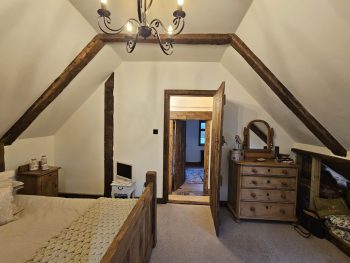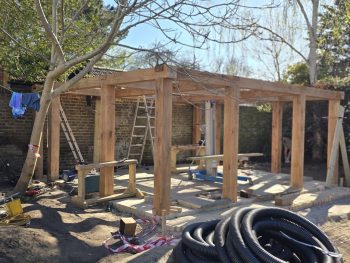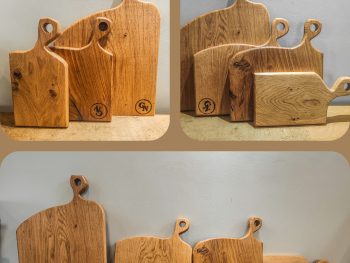Oak Beam Types
Structural oak beams are required to meet a certain requirement to be used in building or repair/renovation in Britain.
The oak beams are graded visually and come under the guidelines on BS 5756:2007 British Standards document.
The visual checking of green and air dried oak beams will look out for weaknesses in the beams, such as cracks, splits, and knots.
To understand the grading, we first need to understand the beam types:
Green oak beams are beams that have been cut fresh, so they have high moisture content. This means that, as the beams dry out, they are prone to shrinkage and cracking. Green oak beams are great for framing, because as the beams shrink together, the frame tightens. For single structural sections and internal oak work, it is advisable to work with a more seasoned air dried oak beam.
Air Dried oak Beams are beams that have been cut fresh and left to dry naturally. A suitable age for an air dried beam is between 4 – 7 years. The beams have been drying and have done a lot of their moving already, so will have splits, cracks, and character, but would be very stable for framing with glazing, internal use or aesthetics.
Grading and calculating
British Standards for the grade of oak beams come under TH1, TH2 and then THA, THB. TH1 or TH2 is the grade for smaller beams, unless its cross-sectional area is equal to or greater than 20 000 mm2 and its thickness is equal to or greater than 100 mm, in which case it shall be assigned to the THA or THB grade.
The table of information for what is required on the BSI document for each of the grading looks at knots, wane, slope in grain, fissures/splits and other general defects. The size of knots, distances apart, and size of splits/fissures across the face of a beam are the most important as this is where oak can lose its strength.
Once the oak is visually graded and deemed to be satisfactory for use, the TH code is then used (with the section size of the beam) by a structural engineer to work out what size of beam is required for the relevant span and load.
Oak has been used for thousands of years, so it is a very tried and tested material. However, with the grading system and the standards we have to adhere to, you can be safe in the knowledge that the oak beams we supply are able to pass modern grading tests.
We have the full BSI document and base our beams on their tables. If you need any more information or have any questions about the grading process or what beams to use for a project, we will be more than happy to help.



